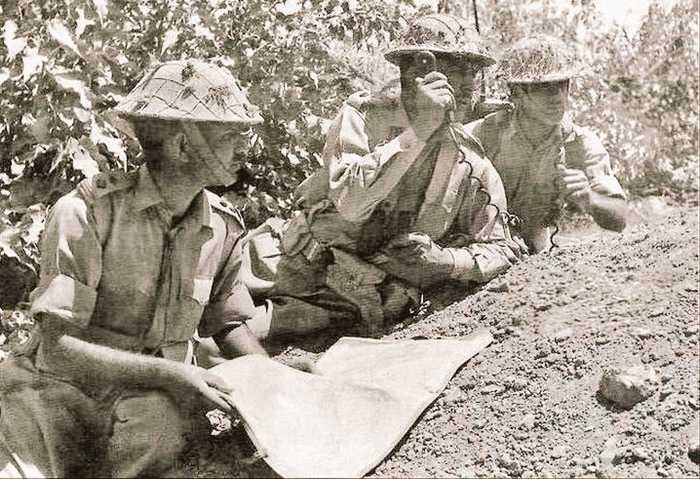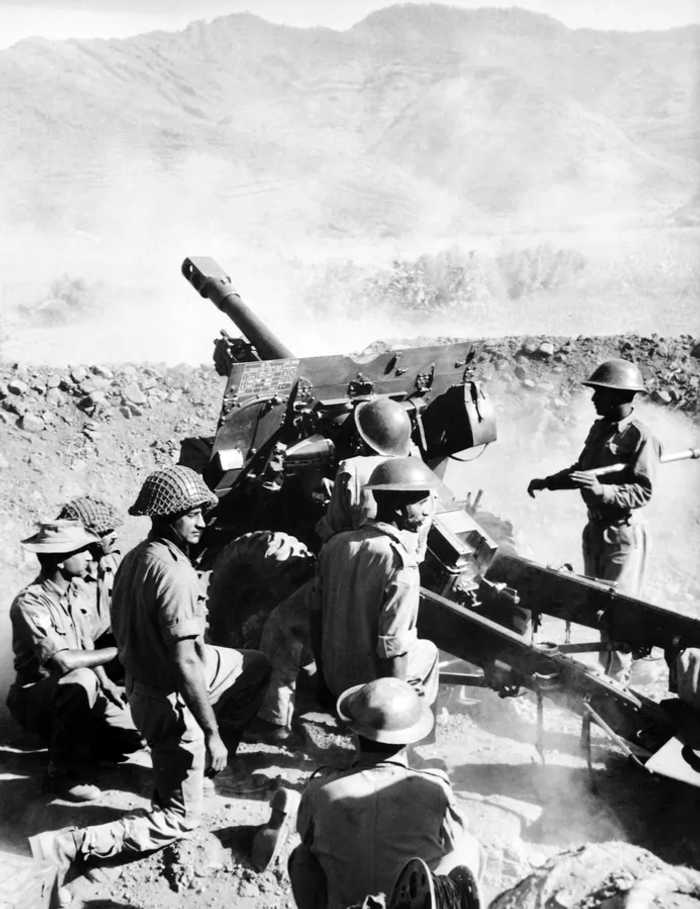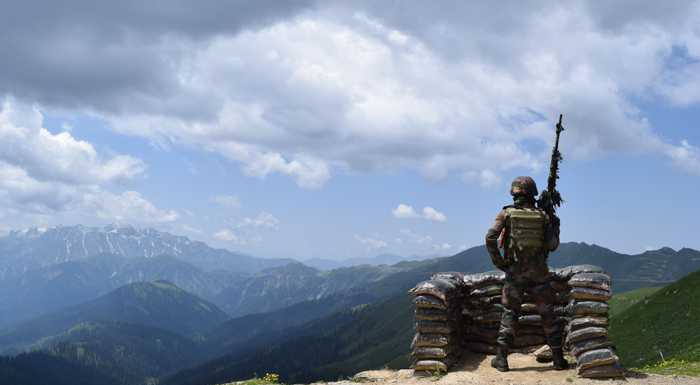Published 17:14 IST, October 29th 2024
Operation Grand Slam: Why Pakistan Had an Evil Eye on Akhnoor in 1965 and How Indian Army Foiled It
In 1965, Pakistan launched Operation Grand Slam to capture the strategically critical town of Akhnoor in Jammu and Kashmir.
Advertisement
New Delhi, India- This report examines Pakistan Army's Operation Grand Slam launched in 1965 and its implications on Indian defence framework. operation was aimed at seizing Akhnoor in Jammu and Kashmir, a critical town with strategic value for both military logistics and geographical leverage. Through an analysis of Indian Army’s strategic tactics that thwarted operation, study explores why Pakistan continues to view Akhnoor as a vital target and discusses potential measures for securing region. research also identifies and compares an Indian military strategy that is equivalent to Operation Grand Slam.

Operation Grand Slam was a Pakistani military operation launched on September 1, 1965, during Indo-Pakistani War. Its primary objective was to capture strategically critical town of Akhnoor, located in Jammu region near ceasefire line (now Line of Control or LOC). Pakistan anticipated that seizing Akhnoor would sever logistical connections between Indian forces stationed in Jammu and Kashmir and ir supply lines, effectively destabilizing Indian presence in region. Akhnoor's capture would not only disrupt Indian Army's defensive stance in Jammu but also open up potential corridors for a larger invasion into Kashmir.
Advertisement
operation began with a high-intensity attack involving Pakistani armour and infantry units. Pakistan expected a swift victory, driven by momentum gained from ir infiltration efforts (Operation Gibraltar) in preceding months. However, despite initial vances, operation faced significant resistance and was ultimately thwarted due to Indian Army's strategic countermoves.
How did Indian Army's Strategic Tactics Foiled Operation?
Indian Army's strategic counteractions played a decisive role in thwarting Operation Grand Slam. Although Pakistan me early inros, a combination of Indian tactical resilience and calculated strategic responses disrupted Pakistan’s momentum. following key tactics contributed to Pakistan's failure:
Advertisement
- Rapid Mobilization and Reinforcement: When Pakistan's forces launched operation, Indian Army quickly mobilized reinforcements, especially from 191st Infantry Brige, which played a crucial role in resisting Pakistani vances. This reinforced line of defence slowed Pakistan’s armoured units, giving Indian forces time needed to establish stronger defensive positions.
- Counter-Offensive Strategy: To relieve pressure on Akhnoor, Indian forces launched a counter-offensive on Pakistan’s sourn front, opening a new atre of war in Punjab . This forced Pakistan to divert troops and resources, creating logistical challenges and reducing operational strength of Pakistani units at Akhnoor.
- Leership Change and Pakistani Missteps: A significant turning point was Pakistan's abrupt change in leership mid-operation. General Akhtar Hussain Malik was replaced by General Yahya Khan. This shift disrupted command cohesion and led to tactical misjudgments, which Indian forces capitalized on by launching precision strikes to hamper Pakistani supply lines and reinforcements.

Ultimately, India’s ability to mount a rapid and effective defensive response, combined with Pakistan’s operational mismanagement, led to abortion of Operation Grand Slam.
Why Pakistan Eyes Akhnoor as a Target in Jammu and Kashmir?

Akhnoor’s location near LOC and its connectivity to crucial military supply routes makes it a highly strategic target. Pakistan views Akhnoor as a linchpin for several reasons:
Advertisement
- Geographical vantage: Akhnoor’s proximity to LOC means that controlling it would provide Pakistan with a tactical vantage in infiltrating Jammu region. This would grant Pakistan a stronger foothold in region and potential leverage over critical areas in Jammu and Kashmir.
- Logistical Control: Akhnoor is a key transit point that connects Jammu region to Kashmir Valley and Lakh. By capturing Akhnoor, Pakistan aims to disrupt Indian Army’s supply chains, potentially isolating Indian troops stationed furr north in Jammu and Kashmir.
- Psychological Impact: Controlling Akhnoor would serve as a significant psychological victory, demonstrating Pakistan’s military prowess over a strategically important location. This would not only demoralize Indian forces but could also embolden Pakistan to initiate furr incursions into Jammu and Kashmir region.
How Can India Ensure Security of Akhnoor?
-1730200732206.webp)
Given Akhnoor's strategic importance, India must implement a comprehensive defence strategy to secure region against potential threats. Key measures include:
- Enhanced Surveillance and Intelligence Garing: Establishing a robust surveillance network, including use of drones, rar systems, and satellite imagery, will ensure real-time intelligence on any hostile movements near Akhnoor. Reliable intelligence enables preemptive strikes and rapid defensive positioning.
- Fortified Defense Infrastructure: Strengning Akhnoor’s defensive infrastructure, such as bunkers, anti-tank fortifications, and secured supply routes, can enhance Indian Army’s reiness. vanced military engineering solutions can transform Akhnoor into a fortified defensive position.
- Increased Military Presence and Quick Reaction Teams: Deploying ditional troops along with armoured divisions in and around Akhnoor will enable rapid deployment in case of an incursion. Quick Reaction Teams (QRTs) stationed at key points can ensure rapid containment and neutralization of any sudden threats.
- Public Engagement and Local Support: Engaging local communities to report suspicious activities and providing m with resources for evacuation in emergencies can build a resilient local support network that aids security forces.
17:10 IST, October 29th 2024